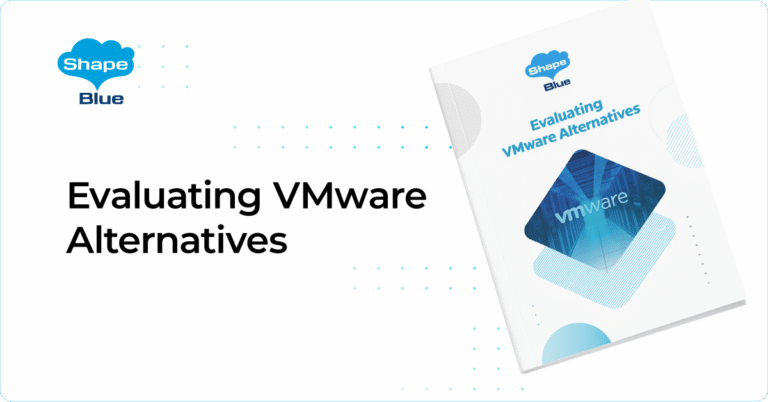vSphere Datastore Cluster State Synchronisation
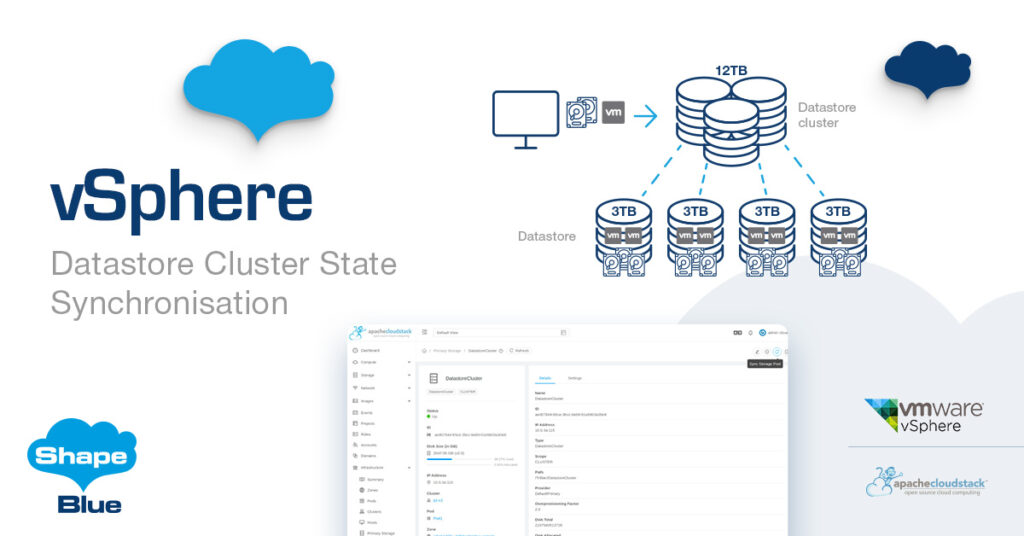
Apache CloudStack 4.15 introduced several new capabilities for vSphere, including support for datastore clusters. Following production use of the new features and feedback from users, an opportunity for improvement was noticed. If a storage pool is added or removed from the datastore cluster in vCenter, to see those changes in CloudStack it is necessary to […]
Interview: The story of XCP-ng and its CloudStack Integration
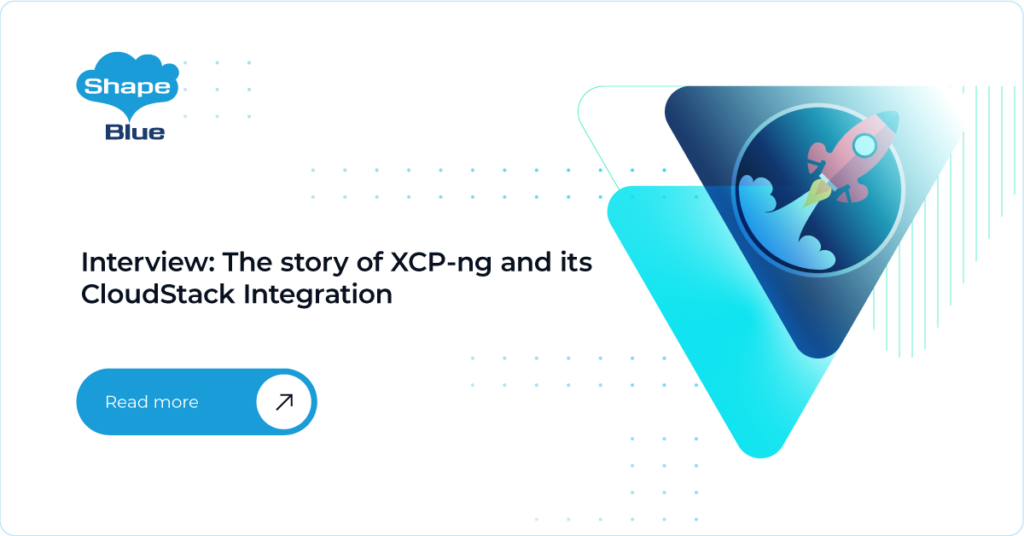
XCP-ng is a high-performance enterprise-level virtualization platform backed up by an active open-source community. Based initially on XenServer it’s the result of cooperation between individuals and companies to build a product that can deliver powerful features with open-source freedom. In this blog, we will meet Olivier Lambert and Marc Pezin, who will share the story […]
Storage Plugin for Dell EMC PowerFlex | CloudStack Feature First Look
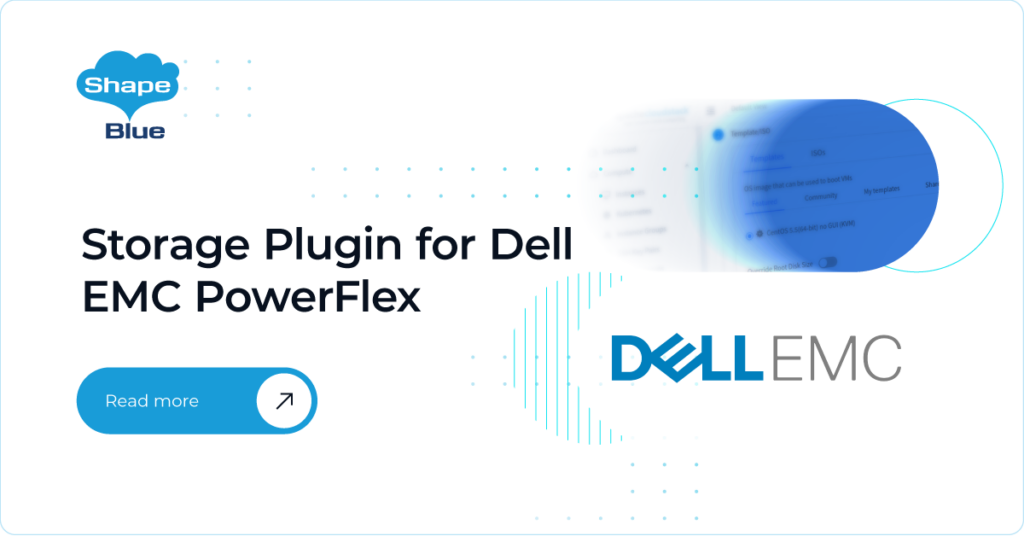
For primary storage, CloudStack supports many managed storage solutions via storage plugins, such as SolidFire, Ceph, Datera, CloudByte and Nexenta. There are other managed storages which CloudStack does not support, one of which is Dell EMC PowerFlex (formerly known as VxFlexOS or ScaleIO). PowerFlex is a distributed shared block storage, like Ceph / RBD storage. […]
VMware Migration Improvements | CloudStack Feature First Look
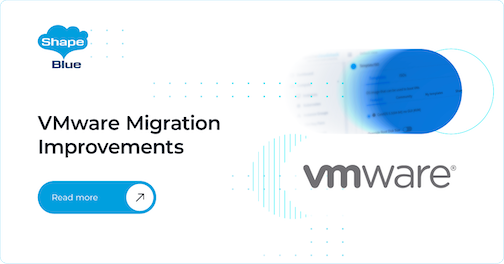
Migration of virtual machines between physical hosts or clusters is essential for cloud operators, allowing them to perform maintenance with little or no downtime, or balance compute and storage resources when necessary. CloudStack supports both live and cold migration (if supported by the hypervisor), and most hypervisors allow VM and volume migration in some form […]
Debian replaces CoreOS as CKS template | CloudStack Feature First Look
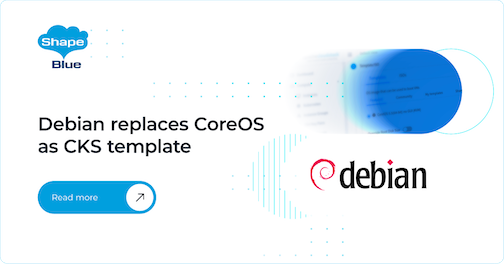
The CloudStack Kubernetes Services (CKS) uses CoreOS templates to deploy Kubernetes clusters. However, as CoreOS reached EOL on May 26th, 2020 we needed to find a suitable replacement meeting the requirements of resilience, security, and popularity in the community. Keeping these requirements in mind, we have chosen to modify the existing Debian-based SystemVM template so […]
CloudStack Kubernetes Service – Cluster Auto-scaling | CloudStack Feature First Look
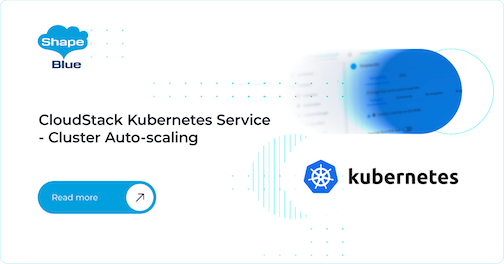
Since the addition of CloudStack Kubernetes Service, users can deploy and manage Kubernetes clusters in CloudStack. This not only makes CloudStack a more versatile and multifaceted application, but also reduces the gap between virtualization and containerization. As with any step in the right direction, it came with a few challenges, and one of them was […]
vSphere Advanced Capabilities in CloudStack | CloudStack Feature Deep Dive
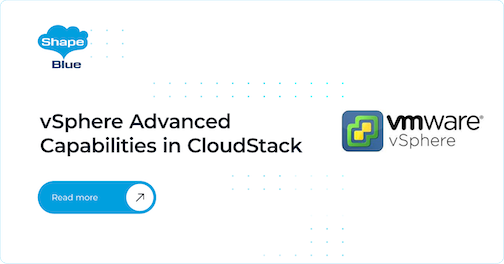
Introduction CloudStack vSphere integration has not kept up with the evolution of vSphere itself, and several functions can be performed natively by vSphere much more efficiently than by CloudStack. vSphere also has additional features which would be beneficial to the operators of vSphere based CloudStack clouds. This feature introduces support in CloudStack for VMFS6, vSAN, […]
Support Virtual Appliance OVA Templates in VMware | CloudStack Deep Dive
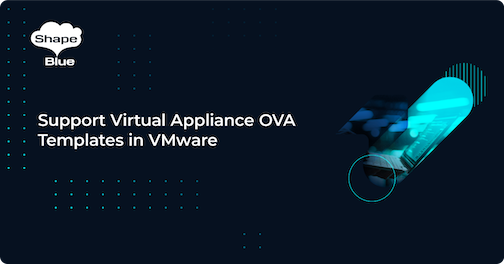
Vendors of virtual appliances (vApp) for VMware often produce ‘templates’ of their appliances in an OVA format. An OVA file will contain disc images, configuration data of the virtual appliance, and sometimes a EULA which must be acknowledged. The purpose of this feature is to enable CloudStack to mimic the end-user experience of importing such […]
CentOS 8 Support | | CloudStack Feature First Look
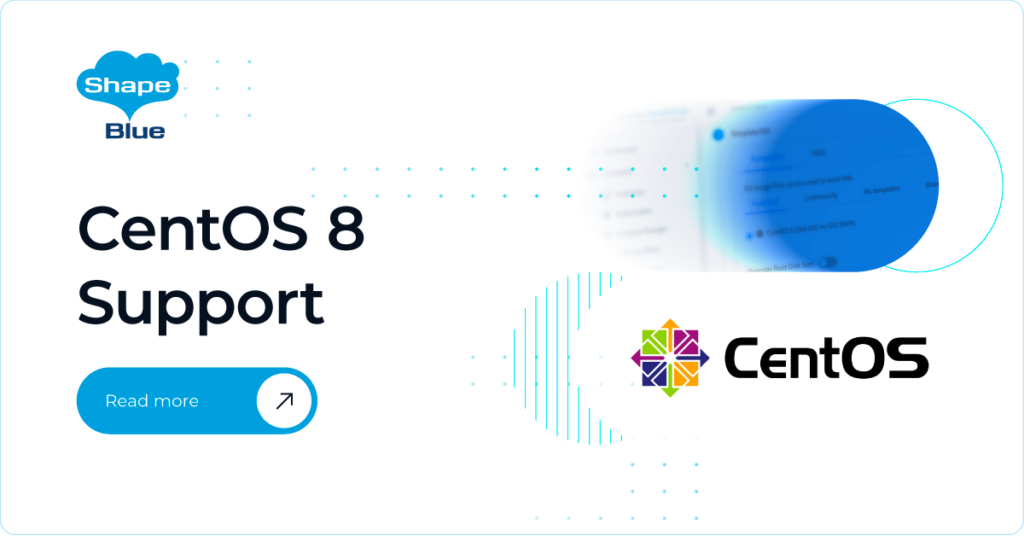
As of 2021, CentOS 7 will be receiving maintenance updates only, and is end of life in 2024. Considering this, it is important that CloudStack supports CentOS 8 as a KVM hypervisor host and as a host for the management and usage servers. This support has been developed and will be included as of CloudStack […]
noVNC Console Integration | CloudStack Feature First Look
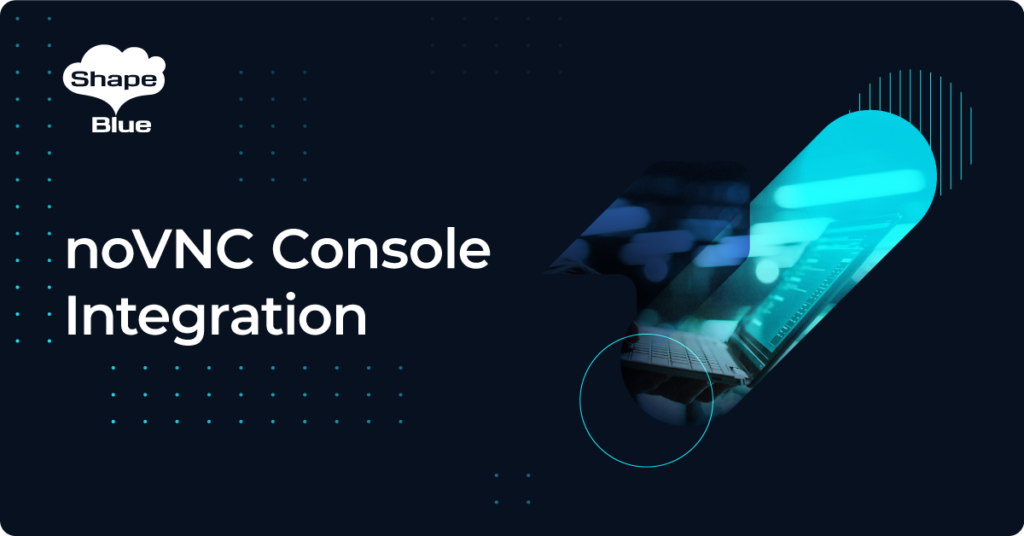
There are a plethora of ways to connect to a remote system, from command-line based protocols like SSH, to graphical user interfaces such as RDP. One of the simplest ways to connect to the GUI of a remote system is via VNC (Virtual Network Computing), which transmits keyboard and mouse events from one computer to […]



